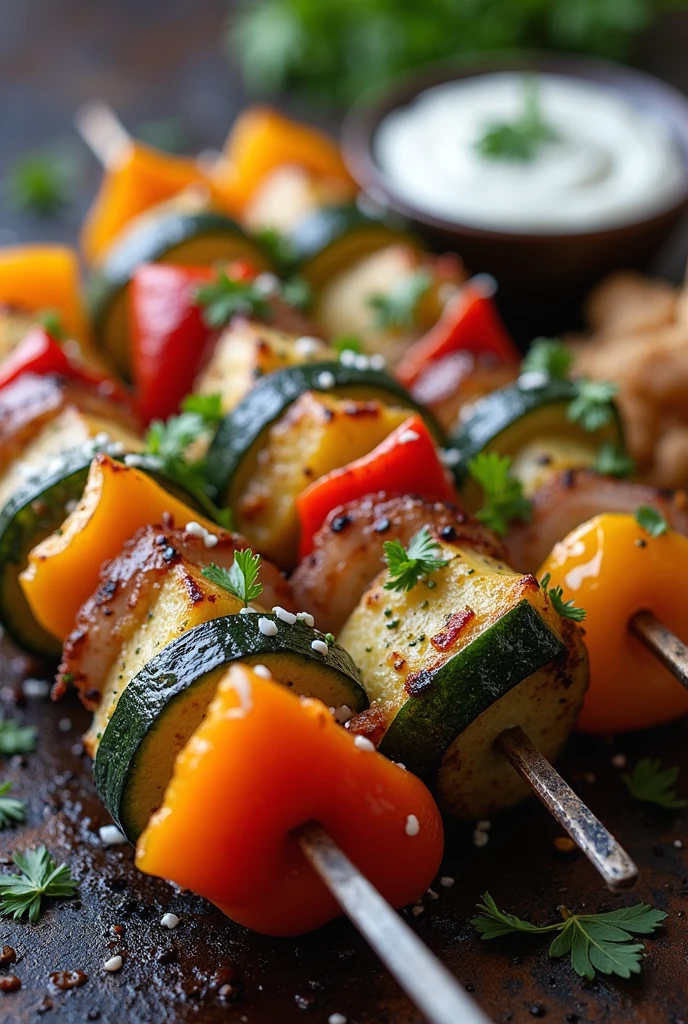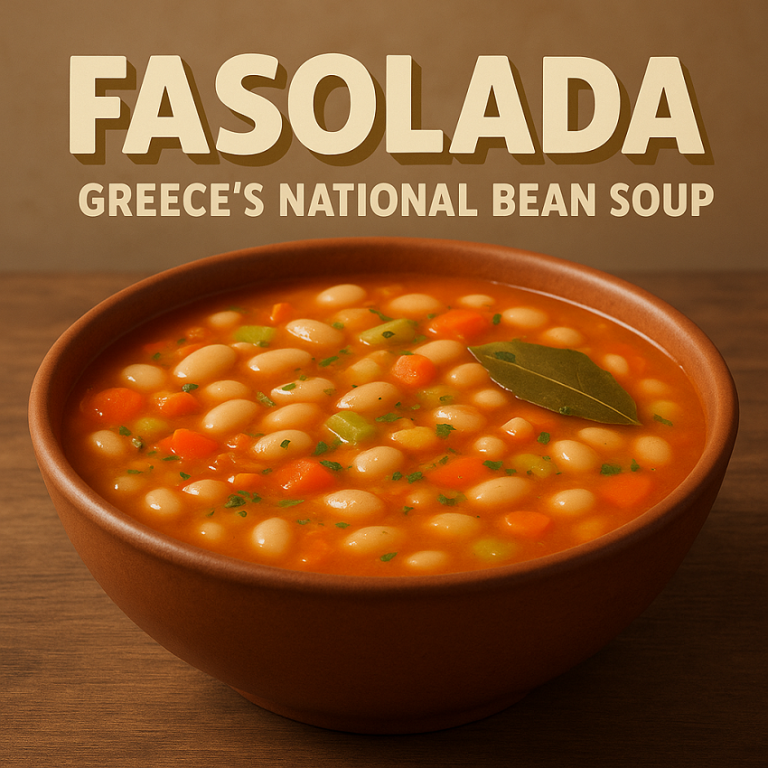
Vegetable souvlaki is a popular Greek dish that showcases the vibrant flavors of fresh vegetables, marinated to perfection and grilled on skewers. Traditionally made with meat, the vegetarian version offers a delicious alternative that is both healthy and satisfying. This article explores the origins, ingredients, preparation methods, variations, nutritional benefits, and serving suggestions for vegetable souvlaki.
Origins of Souvlaki
Souvlaki has its roots in ancient Greece, where skewered meat was a common way to prepare food. The term “souvlaki” comes from the Greek word “souvla,” meaning “skewer.” This dish has been a staple in Greek cuisine for centuries and can be traced back to the time of the ancient Greeks, who would cook small pieces of meat over an open flame. Over the years, souvlaki has evolved, and today it is enjoyed in various forms across the Mediterranean and beyond.
The vegetable version caters to the growing demand for plant-based meals, making it a favorite among vegetarians and health-conscious diners. In modern cuisine, vegetable souvlaki not only retains the essence of traditional souvlaki but also embraces the diverse range of vegetables available, making it a versatile and appealing dish.
Ingredients
The beauty of vegetable souvlaki lies in its versatility. Here are some common ingredients:
- Vegetables:
- Bell Peppers: Adds sweetness and crunch, available in various colors.
- Zucchini: Mild and tender when grilled, it absorbs flavors well.
- Cherry Tomatoes: Bursting with sweetness, these add a juicy element.
- Red Onions: Their sharpness mellows when grilled, adding depth of flavor.
- Mushrooms: Provide a meaty texture and earthy taste.
- Eggplant: Offers a rich flavor and unique texture when grilled.
- Marinade: A mixture of olive oil, lemon juice, garlic, oregano, salt, and pepper enhances the flavors of the vegetables. You can also experiment with ingredients like balsamic vinegar, cumin, or smoked paprika for different flavor profiles.
- Skewers: Use wooden or metal skewers to hold the vegetables together. If using wooden skewers, soak them in water for about 30 minutes to prevent burning during grilling.
Preparation
1. Marinate the Vegetables
To prepare vegetable souvlaki, start by cutting the vegetables into bite-sized pieces. In a bowl, whisk together the olive oil, lemon juice, minced garlic, oregano, salt, and pepper. This marinade not only adds flavor but also helps to tenderize the vegetables. Add the chopped vegetables to the marinade, ensuring they are well-coated. Allow them to marinate for at least 30 minutes, or up to a few hours for deeper flavor. If time allows, marinating overnight in the refrigerator can enhance the taste even further.
2. Assemble the Skewers
Once the vegetables have marinated, thread them onto the skewers, alternating different types for a colorful presentation. Aim for a mix of textures and flavors, arranging them in a way that ensures even cooking. For added flair, you can also include fresh herbs like basil or rosemary between the vegetable pieces.
3. Grill the Skewers
Preheat a grill or grill pan over medium-high heat. Lightly oil the grill grates to prevent sticking. Place the skewers on the grill and cook for about 10-15 minutes, turning occasionally until the vegetables are tender and slightly charred. The grilling process caramelizes the natural sugars in the vegetables, enhancing their flavor and creating a delightful smoky aroma.
4. Optional Roasting Method
If grilling isn’t an option, you can roast the vegetable skewers in the oven. Preheat the oven to 425°F (220°C) and place the skewers on a baking sheet lined with parchment paper. Roast for about 20-25 minutes, turning halfway through for even cooking.
Variations of Vegetable Souvlaki
While the classic vegetable souvlaki is delicious on its own, there are several variations to explore:
- Tofu or Halloumi Addition: For added protein, consider marinating and grilling tofu or halloumi cheese along with the vegetables. Both options provide a satisfying texture and complement the flavors of the dish.
- Spiced Variants: Experiment with spices like cumin, coriander, or chili powder in the marinade to create a spicier version. You can also add a dash of cayenne for heat.
- Herb Infusion: Fresh herbs like dill, parsley, or cilantro can be added to the marinade or sprinkled on top after grilling for an extra burst of flavor.
- Fruit Skewers: Incorporating fruits like pineapple or peach can add a sweet contrast to the savory vegetables. Grilled fruit can caramelize beautifully, creating a unique flavor combination.
Nutritional Benefits
Vegetable souvlaki is not only delicious but also packed with nutritional benefits:
- Rich in Vitamins and Minerals: The variety of vegetables used provides essential vitamins such as vitamin C, vitamin A, and various B vitamins, along with minerals like potassium and magnesium.
- High in Fiber: The vegetables contribute to a high fiber content, which supports digestive health and helps keep you feeling full.
- Low in Calories: This dish is low in calories while being nutrient-dense, making it an excellent choice for weight management.
- Heart-Healthy Fats: The use of olive oil in the marinade provides healthy monounsaturated fats, which are beneficial for heart health.
Serving Suggestions
Vegetable souvlaki can be served in various ways, making it a versatile dish suitable for different occasions:
- With Pita Bread: Serve the skewers with warm pita bread and a side of tzatziki sauce for dipping. This classic Greek yogurt sauce, made with cucumber, garlic, and dill, pairs perfectly with the grilled vegetables.
- Salad Bowl: Create a vibrant salad bowl with mixed greens, cucumber, tomato, red onion, and feta cheese, topped with grilled vegetable skewers. Drizzle with a light vinaigrette for a refreshing meal.
- Rice or Quinoa: Pair the souvlaki with a side of rice or quinoa for a hearty meal. You can enhance the grains by cooking them in vegetable broth or adding herbs and spices.
- As Part of a Mezze Platter: Serve vegetable souvlaki as part of a mezze platter alongside other small dishes like hummus, baba ganoush, olives, and stuffed grape leaves for a delightful sharing experience.
Vegetable souvlaki is a delightful dish that brings together the fresh flavors of Mediterranean cuisine. Its adaptability makes it suitable for different dietary preferences and occasions. Whether enjoyed at a summer barbecue or as part of a cozy dinner, vegetable souvlaki is sure to please anyone looking for a delicious and nutritious meal. With its vibrant colors and flavors, this dish not only nourishes the body but also delights the senses. Try making your own vegetable souvlaki and savor the delightful tastes of Greece.



